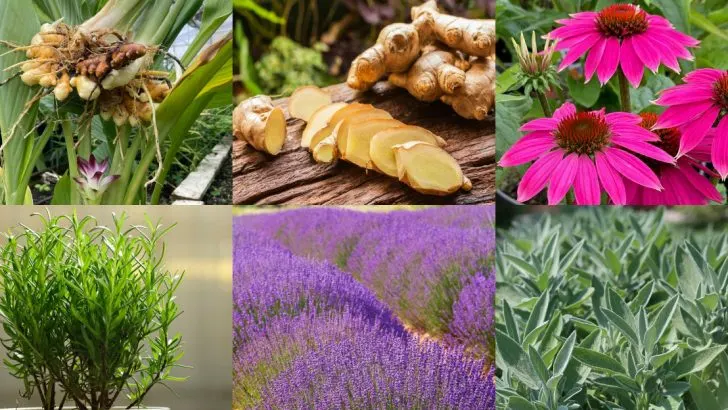Your medicine cabinet might be growing in your backyard—and you don’t even know it. Forget pills and pricey supplements. Some of the most powerful anti-inflammatory heroes come with roots, stems, and petals. And they’re not exotic, fussy, or hard to grow. We’re talking about 12 plants that fight back—against swelling, soreness, and stress. They thrive in spring soil, love the sun, and ask very little in return. Think of them as your green allies with bite. From the zing of ginger to the calm of chamomile, these garden warriors are more than just pretty faces. They’re packed with plant power—ready to soothe joints, ease tension, and bring a little peace to your plate. Ready to swap some meds for mint? This spring, let your garden do the healing. Let’s dig in.
Turmeric
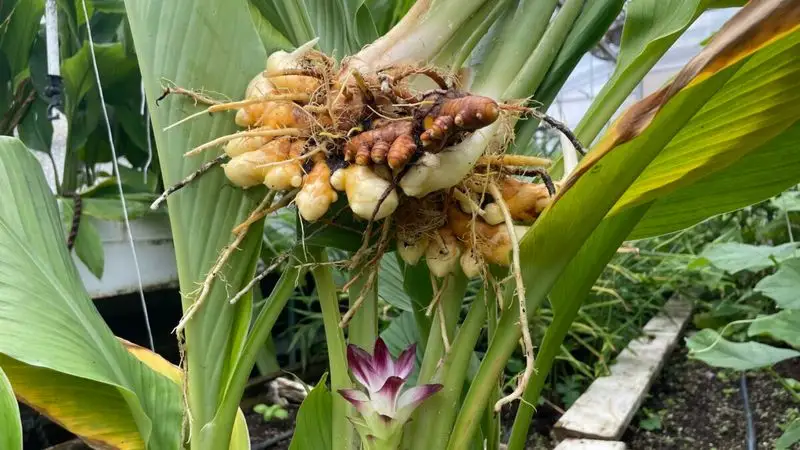
Turmeric, with its vibrant yellow hue, is a standout in any garden. Known for its powerful anti-inflammatory properties, turmeric thrives in warm, sunny spots. Plant the rhizomes in well-draining soil and watch them flourish. Be sure to water regularly, but avoid overwatering.
This plant not only adds a pop of color but can also be harvested for its roots, which spice up numerous dishes. Turmeric’s earthy aroma infuses the garden with a warm scent. Grow it in containers if space is limited; just ensure they have room to expand.
Ginger
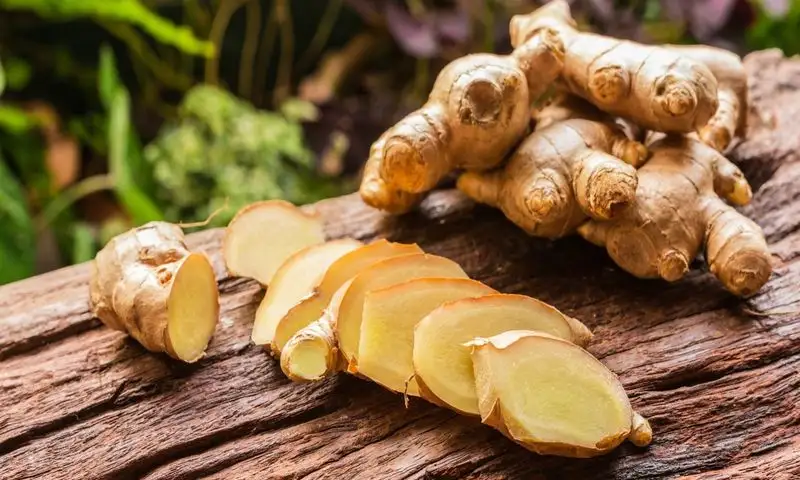
Ginger is a delightful addition to any garden, offering both aesthetic appeal and health benefits. Its knobby roots are not just a cooking staple but also a potent anti-inflammatory agent. Plant ginger in partial shade with rich, moist soil.
Ginger grows well in containers, making it perfect for small spaces. Its slender stems and glossy leaves bring a tropical feel. Regularly water and feed with organic fertilizer for the best yield. Harvesting is easy: simply dig up the roots when the plant matures, typically after several months.
Basil
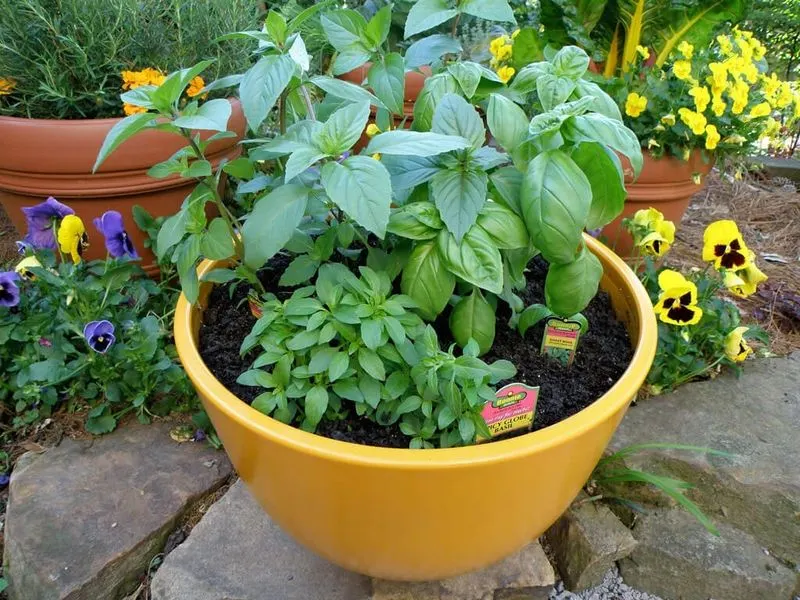
Basil is a culinary favorite that also boasts anti-inflammatory properties. With its aromatic leaves and delicate flowers, basil is both beautiful and beneficial. Plant it in a sunny spot, providing rich, well-draining soil.
Water regularly but avoid wetting the leaves to prevent disease. Pinch off flowers to encourage leaf growth, giving you an abundant supply for cooking. Basil’s sweet fragrance fills the air, making it a gardener’s delight. Its leaves are a versatile addition to salads, pastas, and teas, offering a garden-fresh taste.
Rosemary

Rosemary is a hardy plant known for its aromatic leaves and anti-inflammatory benefits. Its needle-like foliage and tiny blue flowers make it a garden standout. Plant rosemary in a sunny, well-drained spot; it thrives in Mediterranean climates.
Once established, it requires minimal watering, making it low-maintenance. Use its fragrant leaves to season meats and vegetables. Rosemary’s scent is invigorating, often attracting beneficial insects. It can also be grown in pots, ideal for patios or balconies. Prune regularly to maintain shape and encourage new growth.
Mint
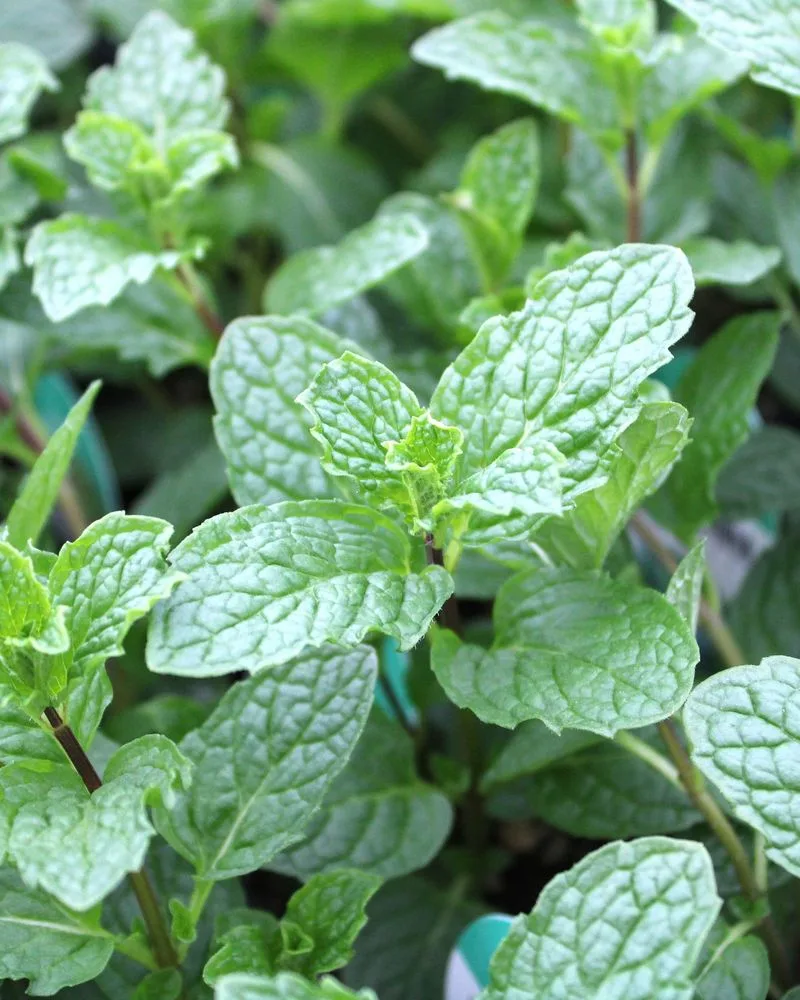
Mint is an easy-to-grow herb that spreads quickly, providing lush greenery and anti-inflammatory benefits. Its invigorating scent and refreshing taste make it popular for teas and culinary uses. Plant mint in a partly shaded area with moist, rich soil.
Be cautious, as it can become invasive; consider using containers to keep it contained. Mint’s leaves are perfect for freshening up salads and drinks, and its aroma can deter some pests. Regular harvesting encourages new growth, ensuring a constant supply of this versatile herb.
Sage
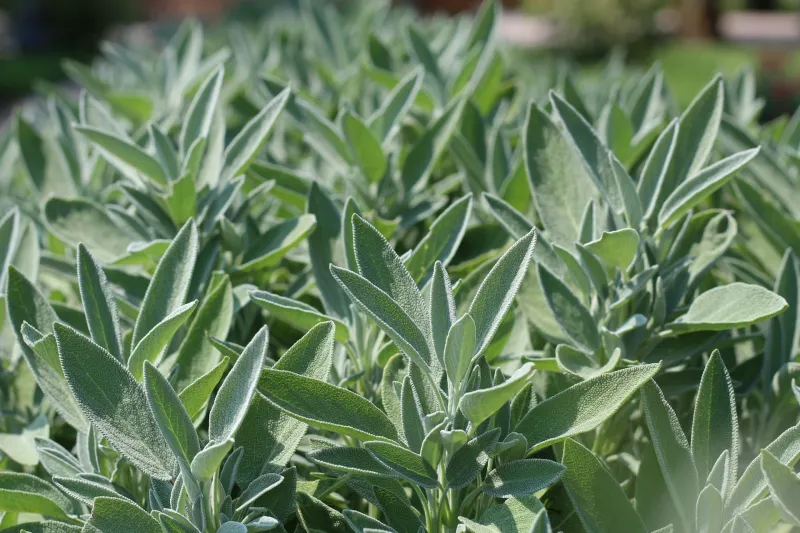
Sage, with its soft, velvety leaves, is both a culinary delight and an anti-inflammatory powerhouse. This perennial herb grows best in full sun with well-drained soil. Sage’s silvery leaves and purple flowers add elegance to any garden.
It requires little maintenance, thriving even in dry conditions. Use sage fresh or dried in cooking for its earthy flavor. Its strong aroma is both soothing and therapeutic. Regular pruning helps maintain its shape and encourages lush growth. Ideal for garden borders or as a feature in herb gardens.
Lavender
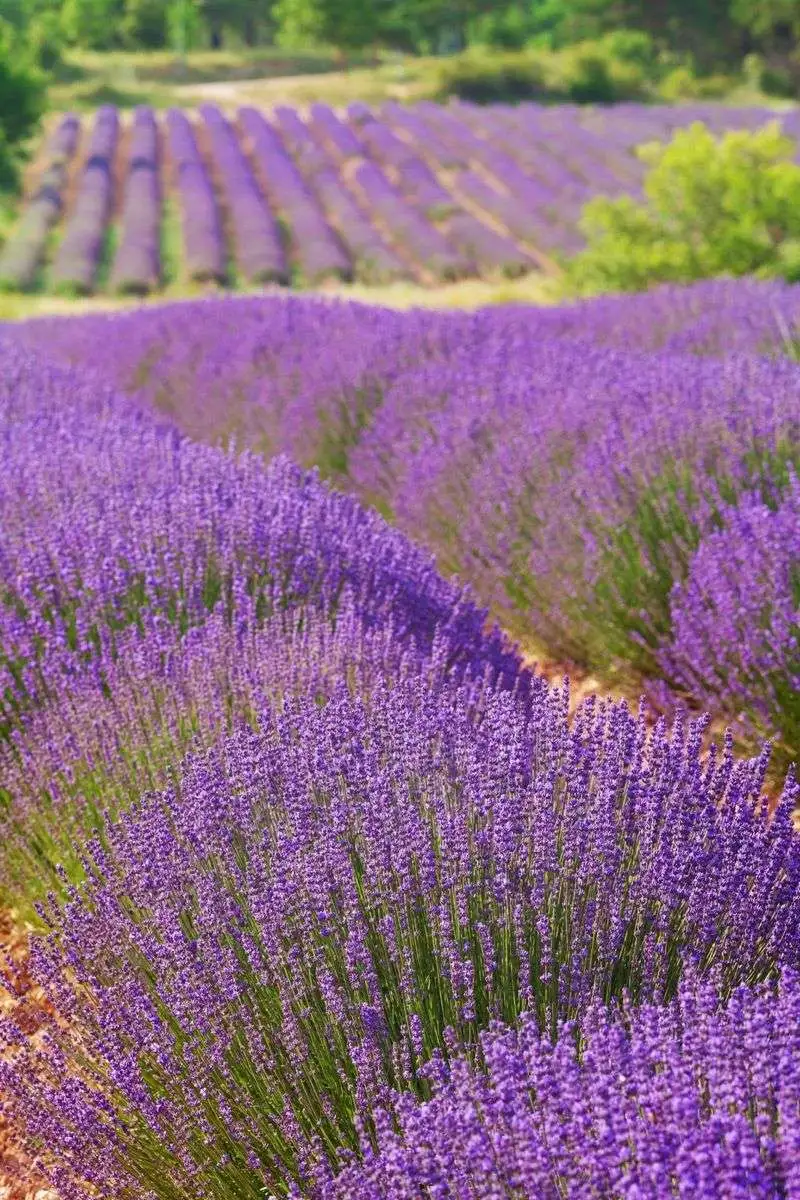
Lavender is cherished for its calming scent and anti-inflammatory properties. Its purple blooms and silver-green foliage make it a visual and sensory delight. Plant lavender in full sun, with sandy, well-drained soil to mimic its native Mediterranean habitat.
Once established, it requires minimal water. Lavender’s fragrance is a natural stress-reliever and can enhance sleep quality. Prune after flowering to promote bushy growth. It’s perfect for borders or as a feature in garden beds. Harvest the flowers to use in sachets, oils, or as decoration.
Echinacea

Echinacea, or coneflower, is renowned for boosting immunity and reducing inflammation. Its striking pink blooms with central cones attract pollinators, adding vibrancy to gardens. Plant echinacea in a sunny spot with well-draining soil.
It’s drought-tolerant once established, making it low-maintenance. The flowers can be harvested to make teas or tinctures, known for their medicinal properties. Echinacea brings a splash of color from summer to fall, with its sturdy stems standing tall. Divide mature plants every few years to encourage more blooms.
Chamomile
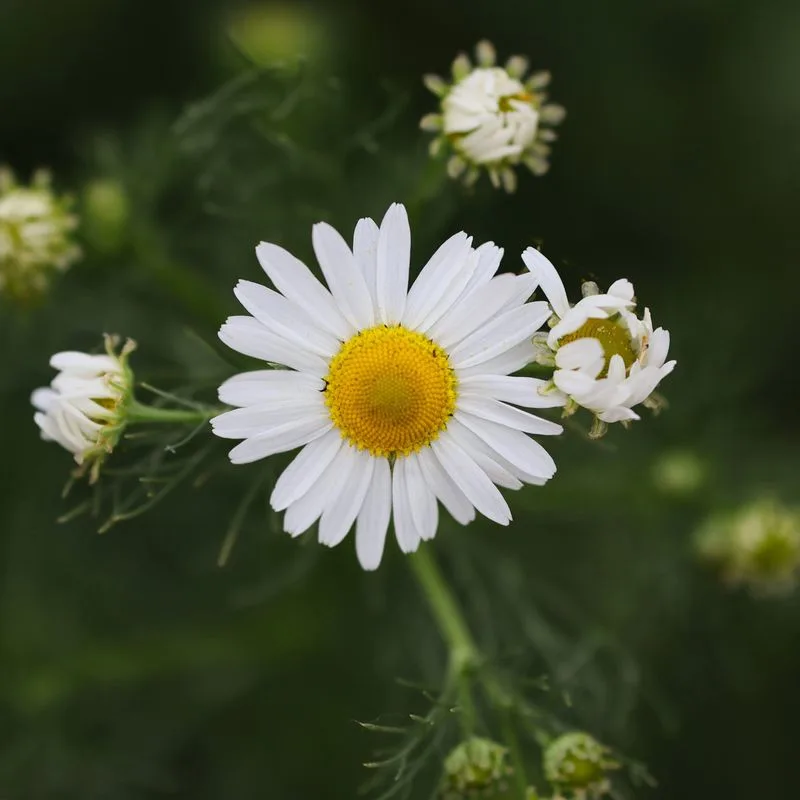
Chamomile is a charming plant known for its calming effects and anti-inflammatory properties. Its dainty white and yellow flowers bring a touch of elegance to any garden. Plant chamomile in full sun, using well-drained soil for optimal growth.
This plant thrives with minimal care and can self-seed easily. Harvest the flowers to brew soothing teas that aid in relaxation and digestion. Chamomile’s gentle fragrance creates a serene garden ambiance. Perfect for borders or mixed flower beds, it attracts beneficial insects and provides a natural remedy.
Calendula
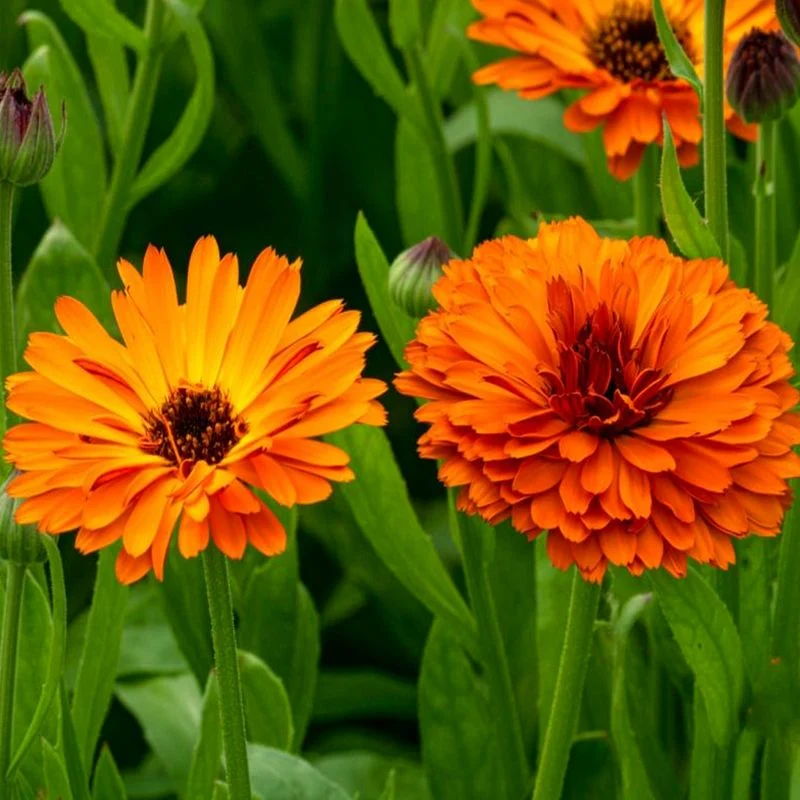
Calendula, often called pot marigold, is beloved for its bright blooms and soothing properties. Its cheery orange flowers are not only decorative but also beneficial for skin health. Plant calendula in a sunny location with well-draining soil.
This hardy annual blooms from spring to fall, offering continuous color. The petals can be used in salves or teas to reduce inflammation. Calendula’s sunny disposition attracts pollinators, enhancing garden biodiversity. Deadhead regularly to encourage more blooms. It’s a wonderful choice for flower beds and borders.
Holy Basil
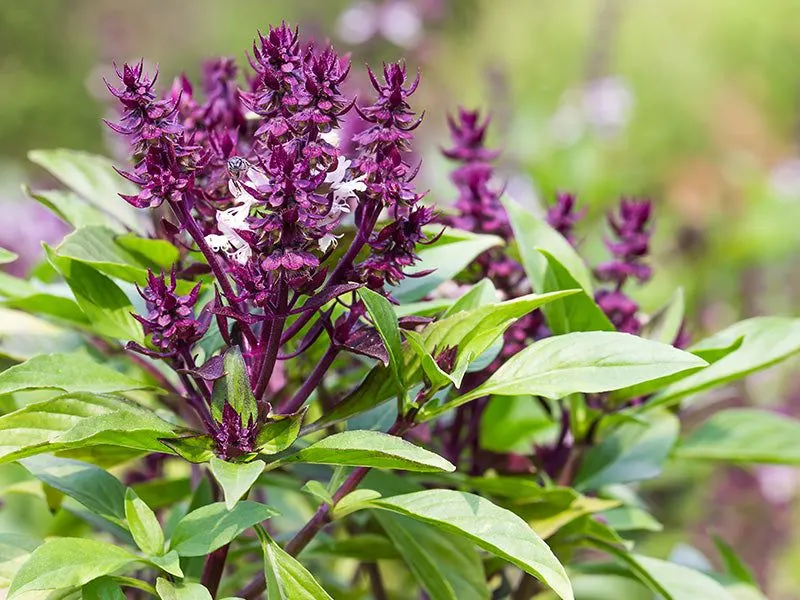
Holy Basil, or Tulsi, is revered for its medicinal qualities and spiritual significance. Its vibrant green leaves and purple-tinged stems bring a touch of exotic beauty. Grow it in a sunny spot with rich, moist soil. Holy Basil thrives with regular watering and occasional pruning.
Its leaves, known for lowering inflammation and stress, can be brewed into a calming tea. This sacred plant offers a fragrant addition to any garden, attracting beneficial insects. It’s perfect for herbal gardens or pots, where its aromatic scent can be easily enjoyed.
Thyme
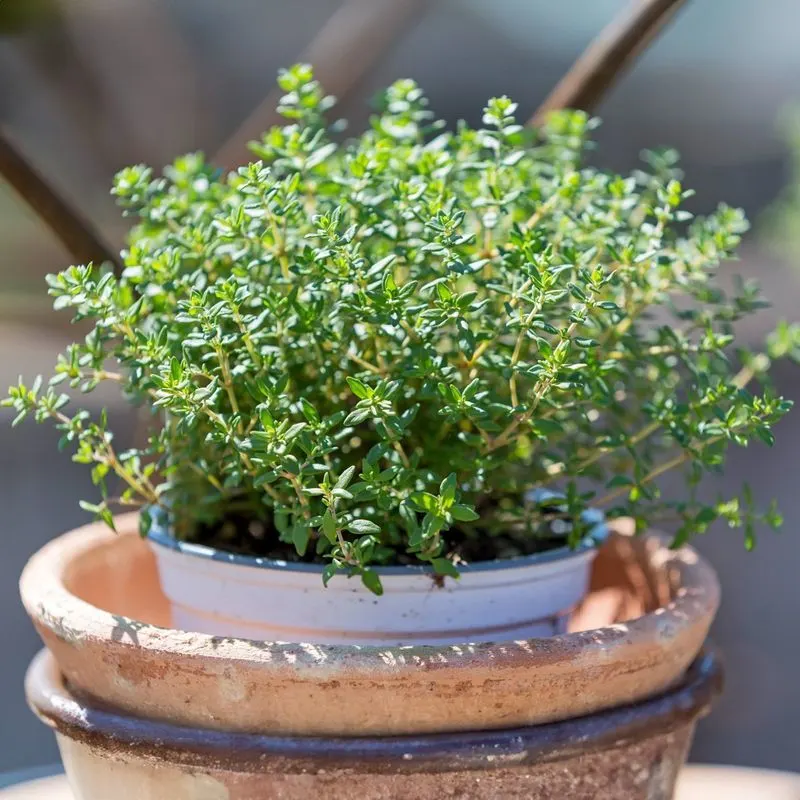
Thyme is a versatile herb with small leaves and clusters of tiny flowers, providing both culinary and anti-inflammatory benefits. Plant thyme in full sun with well-draining soil; it thrives in rock or herb gardens.
Once established, it requires little watering and maintenance. Thyme’s earthy aroma and flavor enhance dishes, making it a kitchen favorite. Its creeping nature makes it an excellent ground cover, filling gaps with greenery. Regular harvesting encourages bushy growth and prolonged blooming. Thyme is a lovely, aromatic addition to any garden landscape.

